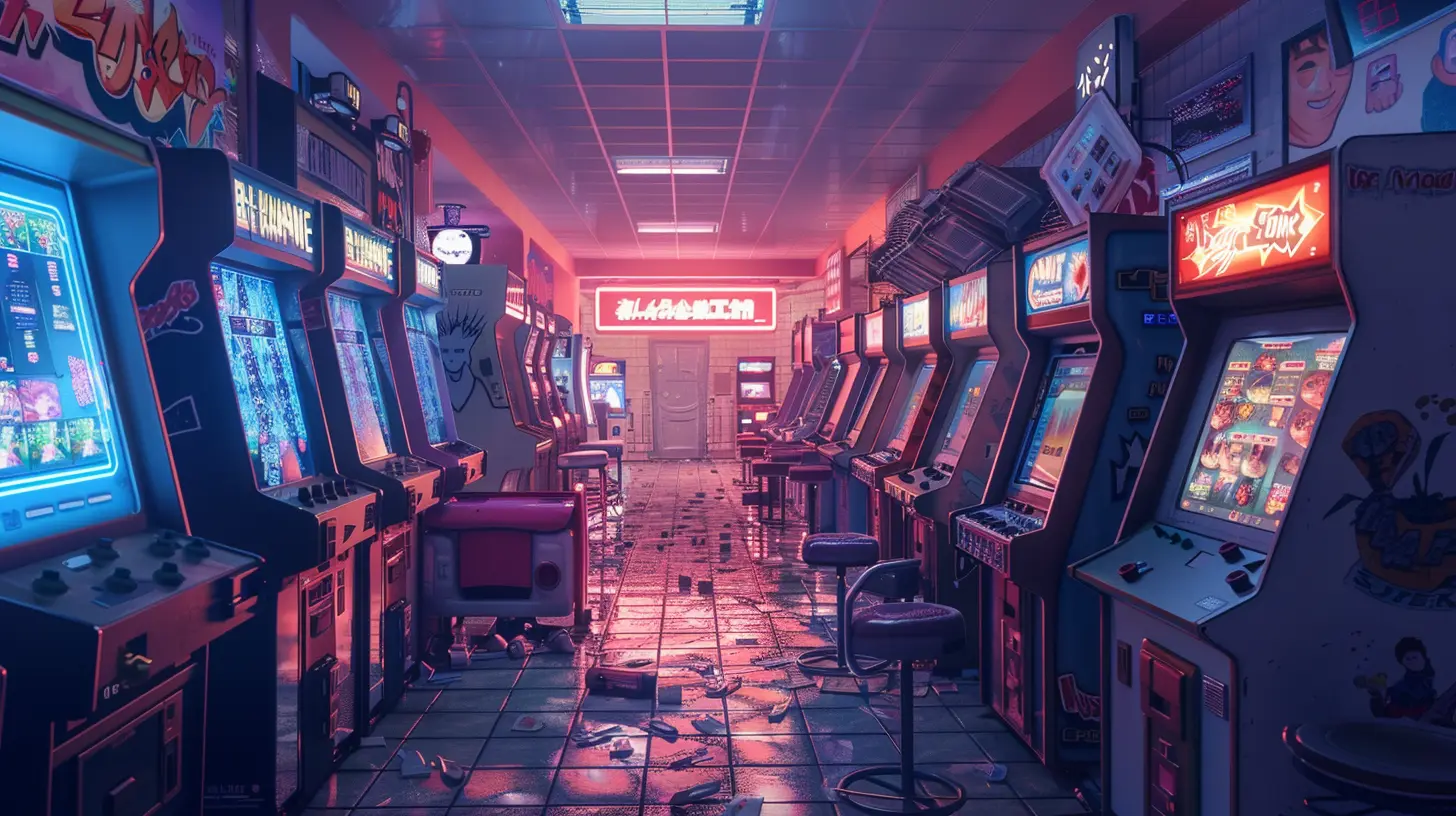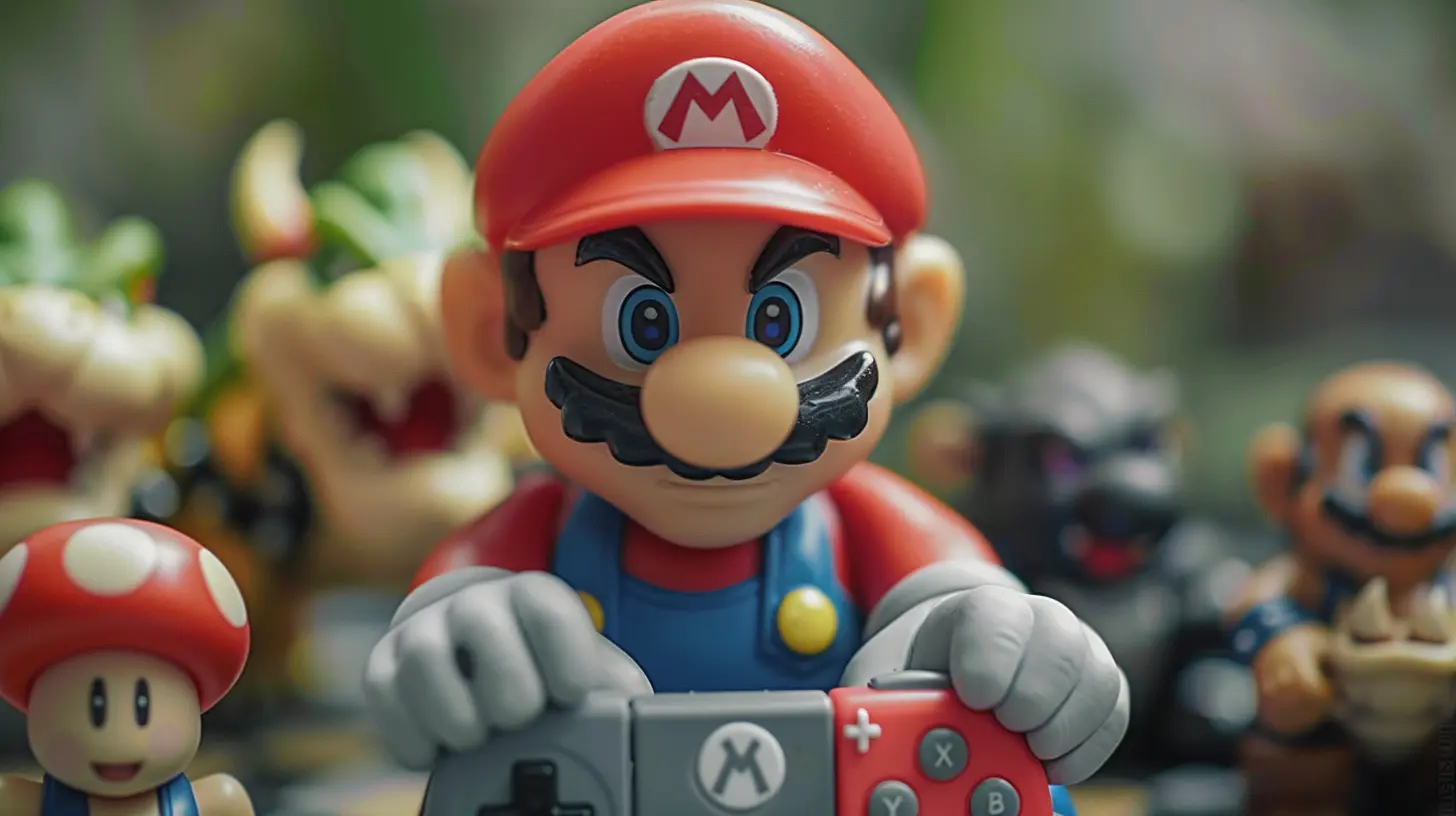When Microtransactions Go Too Far: The Fine Line Between Fun and Exploitation
17 July 2025
Let’s face it: video games have come a long way. From the pixelated joys of Pac-Man to the sprawling open worlds of today, gaming has transformed into an art form—a beautiful escape for millions. But hidden within this vibrant universe is a shadowy specter, a grinning opportunist waiting to pounce on unsuspecting players: microtransactions.
For some, they’re harmless fun, a cheeky little shortcut to get that rare skin or coveted item. For others, they represent something darker—an endless cycle of spending that turns entertainment into exploitation. So, where do we draw the line? When do microtransactions stop being a choice and start feeling like a trap? Let’s dive in and unpack this controversial topic.
A Game-Changing Concept: The Birth of Microtransactions
Ask any veteran gamer about the good old days, and you'll hear something like this: "Back in my day, you paid for a game once, and that was it." And they wouldn't be wrong. In the '90s and early 2000s, you saved up your money, handed it over for a shiny new game, and you were good to go. No strings attached.Then came a bold, somewhat sneaky shift in gaming economics—the birth of microtransactions. Initially, they seemed pretty innocent. A tiny fee for a few extra levels, maybe some cool new gear. Heck, why not? It felt harmless, like leaving a tip for a waiter who brought extra breadsticks. But as the industry saw how much money was rolling in, microtransactions began to evolve—and not necessarily for the better.
The Two Faces of Microtransactions
To be fair, not all microtransactions are inherently evil. Some are like sprinkles on a cupcake: optional, decorative, and completely ignorable if you’re not into them. These are the ones that keep the lights on for your favorite free-to-play game without twisting your arm. Think Fortnite skins or some harmless in-game flair in Path of Exile.The problem? It doesn’t stop there. For every optional enhancer, there’s a darker counterpart—a predatory system designed to nudge, prod, and outright shove you into spending money. This is where things get dicey.
Cosmetic vs. Pay-to-Win: A Tale of Two Models
Let’s break it down. Cosmetic microtransactions—things like character skins, weapon colors, or goofy hats—are usually fine. They don’t mess with balance or give an unfair edge. If my mage wears a sparkly wizard robe and yours rocks a plain brown one, we’ll still duel on equal footing. No harm, no foul.But then there’s the "pay-to-win" model. This is the devil in disguise. Imagine you’re grinding through a dungeon, working your way toward a rare sword. Suddenly, a pop-up appears, offering that same sword for $9.99. Tempting, right? But wait, it gets worse. That sword isn’t just a shiny trinket—it’s a game-changer, making it virtually impossible to compete unless you shell out the cash. How is that fair? Spoiler: it’s not.
The Psychology Behind the Trap
Why are microtransactions so effective? Just one word: psychology. Game developers have mastered the art of tweaking our brains, using tactics that make us hit that "Buy Now" button like rats chasing cheese.Ever heard of FOMO? That’s the "fear of missing out," and it’s a sneaky little beast. Limited-time offers, exclusive content, rare drops—you name it. Developers dangle these virtual carrots, and we gobble them up, terrified of being left out.
And let’s not even get started on loot boxes. It’s gambling in digital clothing, pure and simple. You throw money at the screen, hoping to win that one mythical item, but most of the time, you end up with junk. Sound familiar? Casinos do it too, just with flashing lights and noisy slots.
Whales and the Deep Pockets Problem
Here's a little industry secret: not all players spend equally. In fact, a small percentage of players, known as "whales," account for the majority of in-game spending. These are the people who drop hundreds—sometimes thousands—on microtransactions, keeping the game afloat for everyone else.But targeting whales isn’t just about catering to high rollers. It’s about designing systems that bleed them dry. Think endless upgrades, power boosts, and paywalls that keep moving the goalposts. It’s exploitation, plain and simple.
When Does It Cross the Line?
So, when do microtransactions go too far? It’s a tough line to draw, but there are some clear red flags.1. Mandatory Spending: If you can’t progress unless you pay, that’s a problem. Games should reward skill and effort, not the size of your wallet.
2. Paywalls Everywhere: Is the game constantly interrupting your fun with ads or pop-ups? That’s a big nope.
3. Unfair Advantages: Pay-to-win mechanics kill the competitive spirit. No one likes losing to someone who bought their way to victory.
4. Targeting Vulnerable Players: Kids and those prone to addiction are prime targets for predatory microtransactions. This isn’t just shady—it’s unethical.
The Fallout: Losing Trust in Gaming
Here’s the kicker: when microtransactions cross the line, everybody loses. Players feel cheated, trust erodes, and developers risk alienating their audience. Just look at the backlash over games like Star Wars Battlefront II. What started as an exciting release turned into a PR nightmare due to its aggressive monetization.And sure, publishers might rake in short-term profits, but at what cost? Loyalty matters. A frustrated fanbase is a vocal one, and word spreads fast.
A Call for Change: Striking the Balance
So, what’s the solution? Can we find a middle ground between fun and exploitation? I think we can, but it requires effort—from developers, publishers, and yes, even us players.For developers, it’s about creating systems that respect the player. Make microtransactions optional, fair, and transparent. Avoid pay-to-win mechanics like the plague, and don’t prey on psychological vulnerabilities.
For players, it’s about voting with our wallets. If a game leans too hard into exploitative tactics, don’t support it. Leave a review, spread the word, and demand better. Game publishers will listen if enough of us speak up.
Summing It Up: Fun Should Never Feel Predatory
At the end of the day, gaming is supposed to be an escape—a magical world where we can lose ourselves for hours on end. Microtransactions aren’t inherently bad, but like fire, they need to be controlled. A little spark adds light and warmth. Too much, and everything burns.We, as a community, need to protect what makes gaming special. Games should challenge us, move us, and, above all, respect us. Because when microtransactions go too far, that’s when the magic starts to fade.
all images in this post were generated using AI tools
Category:
MicrotransactionsAuthor:

Greyson McVeigh
Discussion
rate this article
1 comments
Tilly Rhodes
This article effectively highlights the delicate balance between monetization and player enjoyment. It’s crucial for developers to prioritize community trust over profit to maintain a healthy gaming environment.
August 14, 2025 at 5:02 AM

Greyson McVeigh
Thank you for your thoughtful comment! I completely agree that prioritizing community trust is vital for fostering a positive gaming experience.


